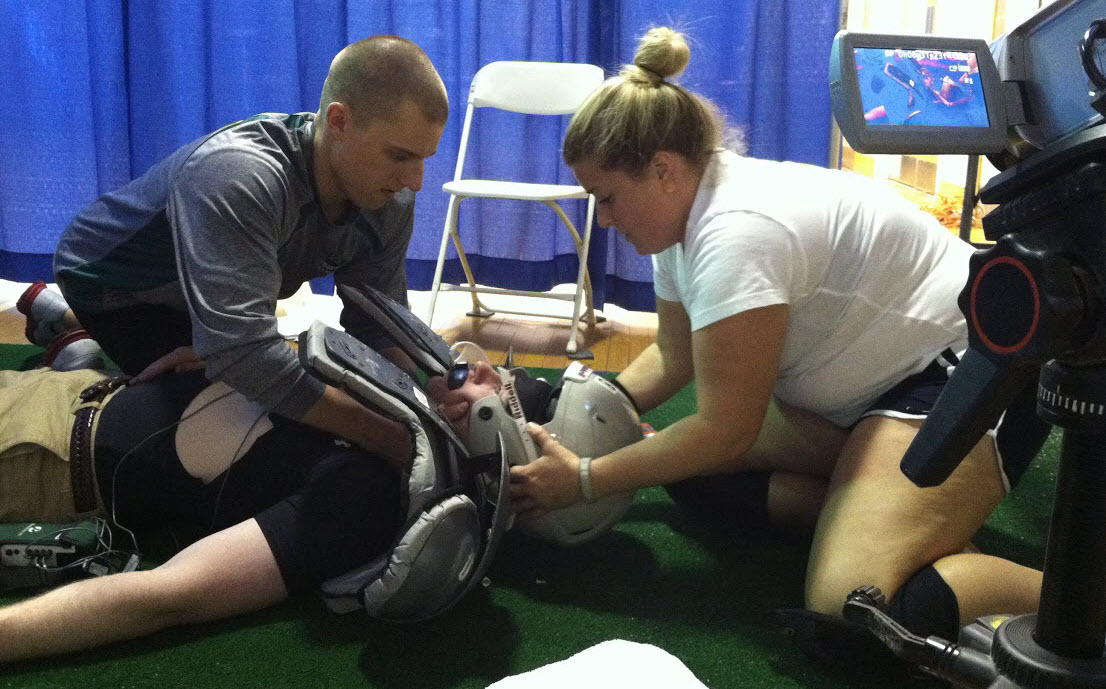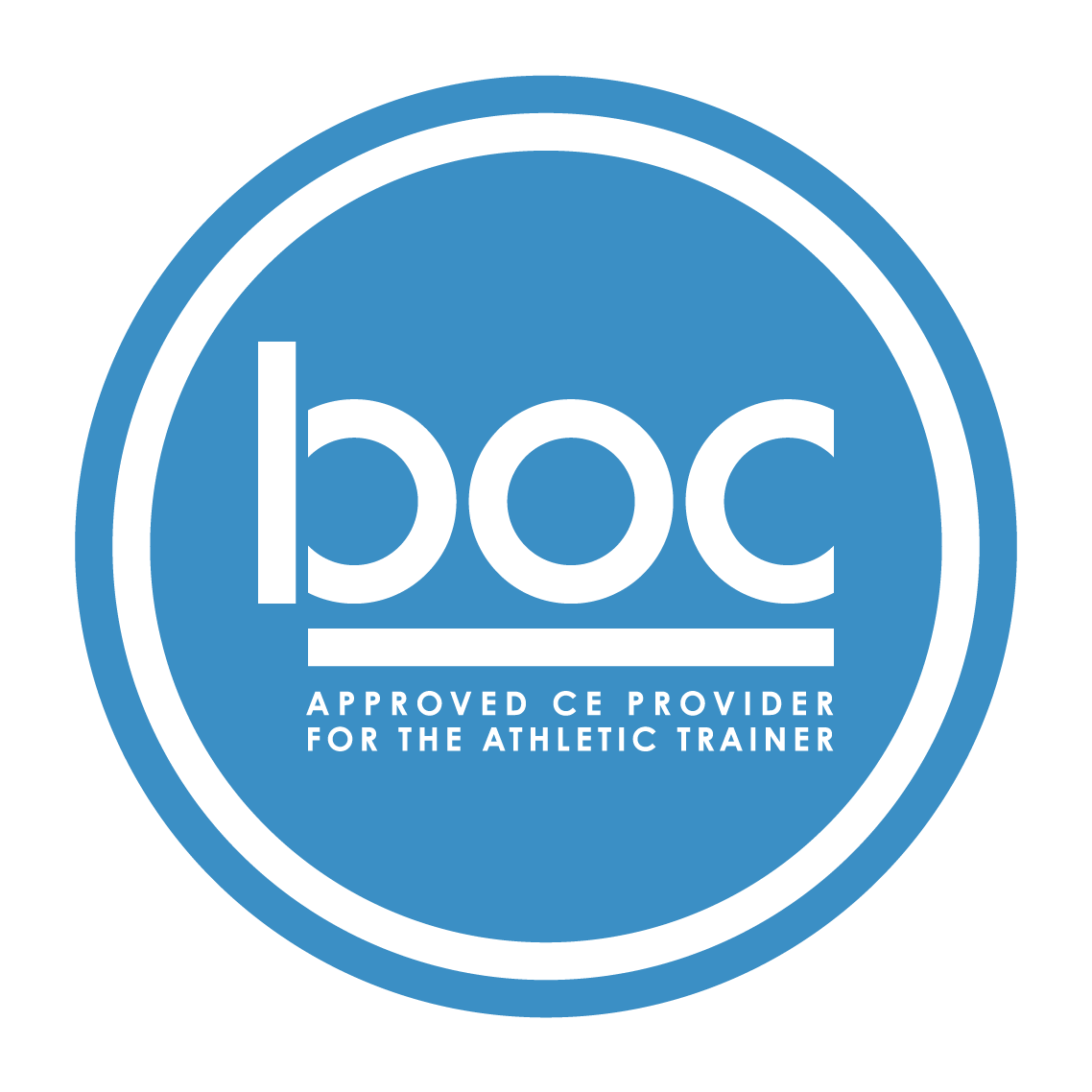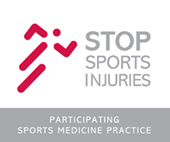- Home
- Facemask Removal is Safer than Helmet Removal in American Football
Facemask Removal is Safer than Helmet Removal in American Football
|
Day MA*, Swartz EE†, Beltz EM*, Decoster LC*, Mihalik JP‡: †University of New Hampshire (Durham, NH), *New Hampshire Musculoskeletal Institute (Manchester, NH), ‡University of North Carolina (Chapel Hill, NC). Context: In cases of possible cervical spine injury, athletic trainers must be prepared to achieve rapid airway access while concurrently restricting cervical spine motion. Facemask removal, rather than helmet removal, is recommended to achieve this. However, to date this recommendation is solely supported by radiologic evidence of cervical spine alignment with and without football equipment in place. No studies of the motion created by facemask and helmet removal have been reported. Objective: To compare three-dimensional head motion and time of facemask (FMR) and helmet removal (HR) in two helmet styles. We hypothesized that FMR would take less time and create less motion than HR. Design: Repeated measures. Setting: Controlled laboratory. Participants: Seventeen certified athletic trainers (11 males, 6 females; age=32.5±9.4 yrs; experience=9.8±8.7 yrs certified; height=171.3±9.0 cm; mass=76.4±14.9 kg). All participants were free from upper extremity or central nervous system pathology for 6 months and provided informed consent. Interventions: Independent variables consisted of removal technique (FMR or HR), and helmet type (Riddell Revolution—REV—or VSR4). After familiarization, participants conducted 2 successful trials for each of four conditions in random order (REV-FMR; REV-HR; VSR4-FMR; VSR4-HR). Helmets and facemasks were removed from a live model wearing a properly fitted helmet and shoulder pads. The participant and an investigator stabilized the model’s head. A six-camera three-dimensional motion system, and a three-point one-segment marker set were used to record motion of the head. Main Outcome Measures: Dependent variables included head excursion in degrees (computed by subtracting minimum position from maximum position) in each of the three planes (sagittal, frontal, transverse), and time. A 2x2 (removal technique x helmet type) within-subjects repeated measures ANOVA was employed for each dependent variable. Results:We observed a main effect for removal technique across sagittal (F1,16=309.83; P<0.001), frontal (F1,16=194.52; P<0.001), and transverse (F1,16=356.73; P<0.001) planes of motion, such that facemask removal—regardless of helmet type—resulted in less motion (sagittal=3.9°±0.2°; frontal=2.4°±0.1°; transverse=2.7°±0.1°) than helmet removal (sagittal=18.5°±0.9°; frontal=7.4°±0.4°; transverse=10.3°±0.4°). We also observed a main effect of helmet type (F1,16=9.15; P=0.008), such that removing Revolution helmets resulted in less frontal plane motion (4.5°±0.3°) than VSR4 helmets (5.4°±0.2°). Main effects of helmet type (F1,16=71.43; P<0.001) and removal technique (F1,16=121.39; P<0.001) for time were observed. Revolution helmets (50.0±2.7sec) were removed more quickly than VSR4 helmets (83.6±5.0sec). The facemask removal technique was completed in less time (37.4±1.3sec) than the helmet removal technique (96.1±6.1sec). Conclusions: Removing a facemask provides faster airway access with less motion in all three planes than removing a helmet in Riddell Revolution and VSR4 helmets. This validates current recommendations. Both removal techniques were achieved quicker with Revolution helmets than VSR4 helmets, suggesting that recent helmet designs improve airway access times. |










